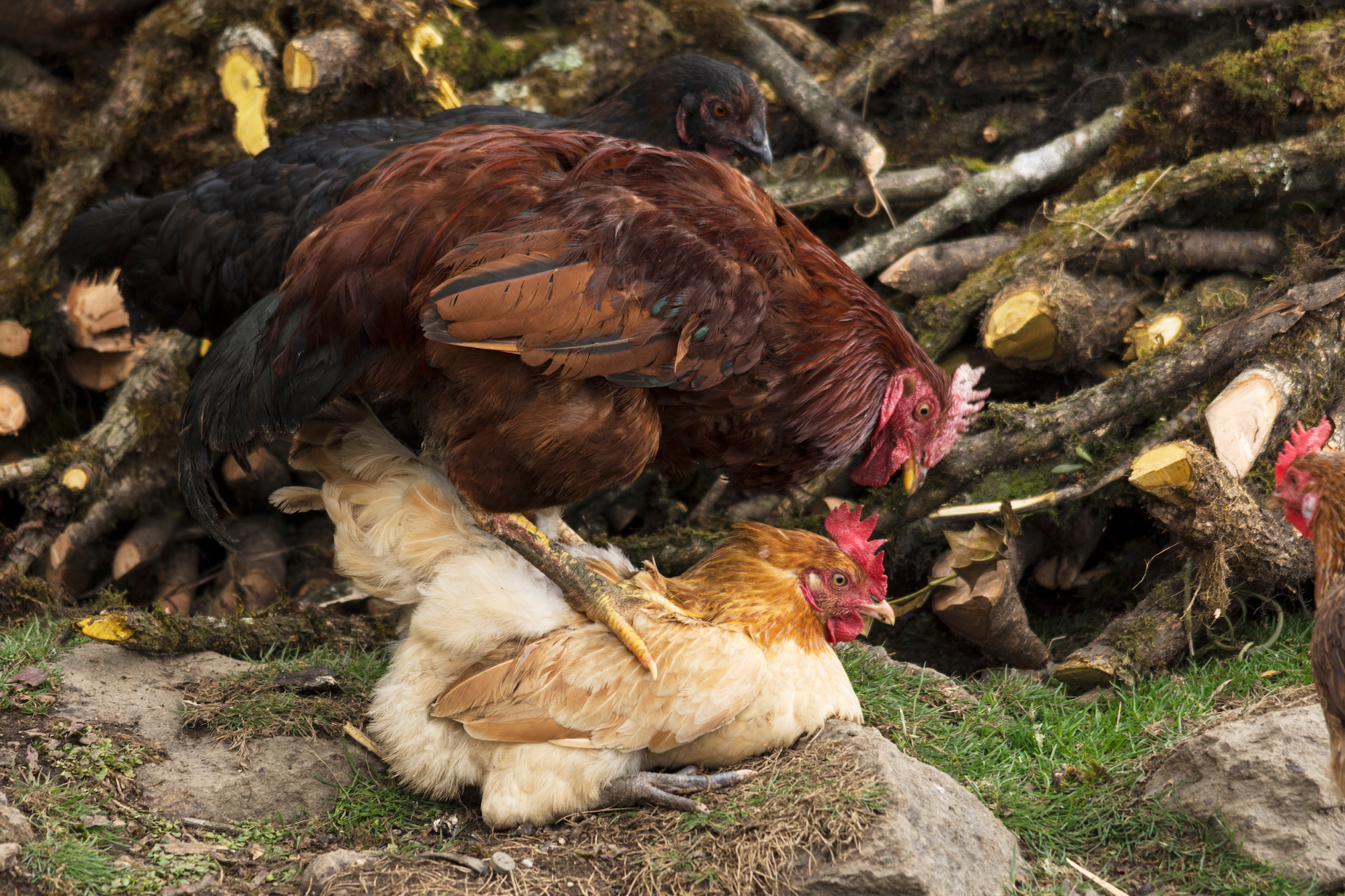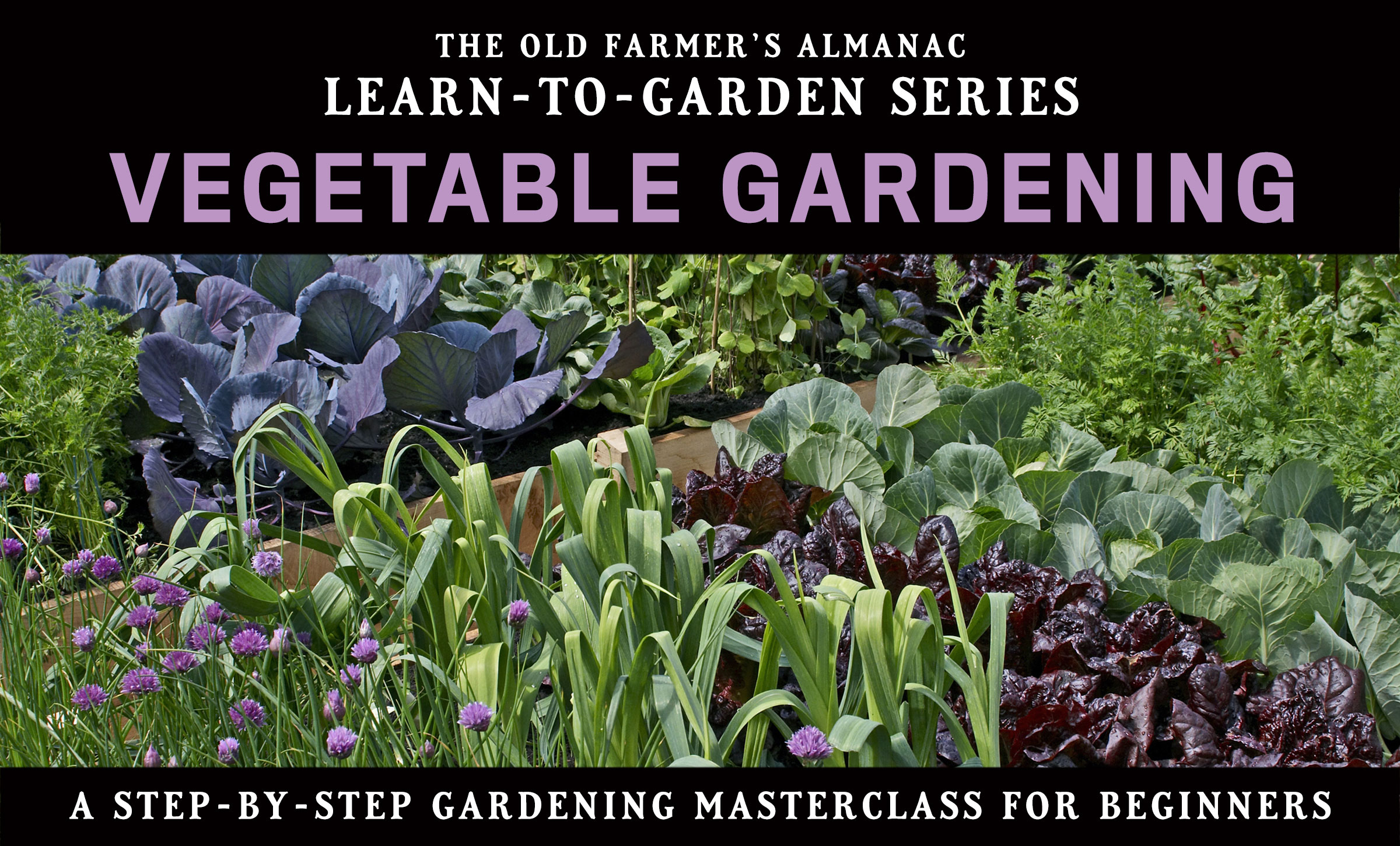Humans have a lot of misconceptions, hangups, and myths in mind when it comes to how chickens mate! Learn how chickens “court,” how roosters mate with hens, and whether you should let your flock mate. Discover the unique world of poultry romance!
Courting Behavior Explained
Courting is the rather decorous and Victorian term used to describe the behavior of both roosters and hens in the lead-up to sex. The Victorian vibe is maybe not a bad mindset to have, either, as chicken courting rituals resemble old-fashioned human ones: The male initiates, and the female either refuses or accepts his advances. Unlike, or perhaps exactly like, Victorian customs, the males are also not expected to be monogamous, and you will see a rooster flirt and even mate with multiple hens, sometimes in the same day.
Roosters: A rooster knows that the way to a hen’s heart is through her stomach, so he will start the courting ritual by “tid-biting” a hen - offering her a choice bit of food. This is his way of letting her know that he’s interested in her, and also of proving that he’s a good provider, or would be in the wild.
The second step in the rooster courtship ritual is again very Victorian, and that is to dance with the female. A romantic rooster will dip one wing toward his sweetheart and then shuffle in a circle around her. This is usually the last step before mating begins.
Hens: A hen is a female chicken. (See our glossary of chicken terms.) It can be harder to detect mating or courtship behaviors in hens because their role in this process is more passive. Individual hens won’t approach or woo a rooster; instead, they wait for his attention and then indicate their acceptance or rejection.
Does Mating Hurt the Hen?
Hens who aren’t interested in a rooster will let him know in no uncertain terms, ignoring him and even fighting him off if need be. Between this, aggression between roosters, and the physical roughness of the actual act, mating can lead to a lot of injuries in your flock. It is important to keep an especially close eye on your flock during this time.
A hen who is ready to mate will react to the mating dance described above by crouching or squatting on the ground and spreading her wings a little bit. She is very directly communicating her readiness for sex by making it physically easier for the rooster to start mating with her - and the rooster will be happy to get started!

How Chickens and Roosters Reproduce
The physical act of chicken mating is often referred to as the romantic-sounding and somewhat euphemistic “cloacal kiss.” As you probably know if you keep chickens, their cloaca is the key piece of anatomy through which they do all of their business - laying eggs, expelling waste, and mating. Roosters and hens both have cloacas, but there are anatomical differences between them that allow mating to take place.
Roosters do not have a penis. (Yes, this a very common question!) The male has a papilla, which is a small bump that the rooster can push out and use to deliver sperm into the female’s cloaca, also called a vent. To do this, a rooster will mount a female from behind, steadying himself by grabbing the feathers of her back and head with his claws and beak. This can look quite aggressive and can lead to usually minor injuries to the hens.
Hens will also exert or push out their cloacas to collect as much sperm as possible from the males. This will be directed up to her oviducts, where eggs are formed, and will usually arrive about a week later to fertilize an egg. It can also be stored inside her body and used to fertilize additional eggs for days or even weeks after mating.
Should You Let Your Flock Mate?
Whether or not you “should” let your flock mate is an individual, subjective decision; there is no universal correct answer for everybody. The correct answer for you will depend on your individual birds, the amount of time and energy you want to dedicate to your chickens, and your long-term plans for your flock.
Do you need a rooster to lay eggs See 10 fun facts about roosters.
That said, there are some basic pros and cons every chicken keeper should have in mind when making this decision.
Benefits to Mating
- Any broody hens you have will have an outlet for that behavior without disturbing the egg-laying of the rest of the flock.
- You won’t have to spend money on buying eggs, chicks, or pullets.
- Mating is a natural behavior, and allowing it will help keep your birds stimulated, socialized, and happy.
- Adding a rooster to your flock can help protect the hens from predators and other
Disadvantages to Mating
- If you don’t have a naturally broody hen, you may have trouble convincing your birds to mother their chicks. In this case, you’ll have to do a lot more work to incubate, hatch, and raise chicks.
- You will need to spend extra time and money checking for fertilized eggs and potentially raising those eggs to adulthood.
- If you have multiple roosters, mating can lead to aggressive behavior, fighting, and even injuries. Aggressive mating can also cause injuries to your hens.
- Competition around mating can increase aggression and bullying in your female birds.
Learn what to do about an aggressive rooster.
How Often Do Chickens and Roosters Mate?
How often and how successfully your birds mate will largely depend on your individual birds, and can also vary with age, breed, and season.
On average, you can expect a rooster to mate multiple times a day during peak season, and about 60 percent of these matings are believed to result in successful fertilizations, but a lot of factors can change these numbers.
One major factor in how often your birds mate is the number of hens in your flock. Roosters can be prolific and are able to copulate up to 30 times a day! A single hen cannot keep up with this ambitious schedule, so having more hens will allow your rooster to get busy more often, if he wants to.
Of course, some roosters are more amorous than others, or more attracted to certain hens, and some hens are more willing to tolerate a rooster’s frequent advances. Just like humans, individual birds have their own libidos and preferences, and there isn’t much you can or should do to change that.
How Old Do Chickens Have to Be to Mate?
Once chickens have reached sexual maturity, younger birds are more likely to mate, and to mate successfully, than older ones. Most birds’ sexual activity peaks when they’re between one and three years old.
Birds are also most likely to mate in the spring and the least likely to mate in the winter. In general, the hotter it is, the hotter things will be getting with your chickens. That said, roosters are more than happy to mate year-round, so don’t be surprised if you see two birds going at it even on the coldest day of the year.
Allowing mating between your chickens is a great way to establish a self-sustaining flock of happy, healthy birds. The whole process can seem confusing and mysterious at first, but with time, both you and your birds will get the hang of the wild world of poultry romance.
Learn more about raising baby chicks at home!

 TABLE OF CONTENTS GOES HERE
TABLE OF CONTENTS GOES HERE









